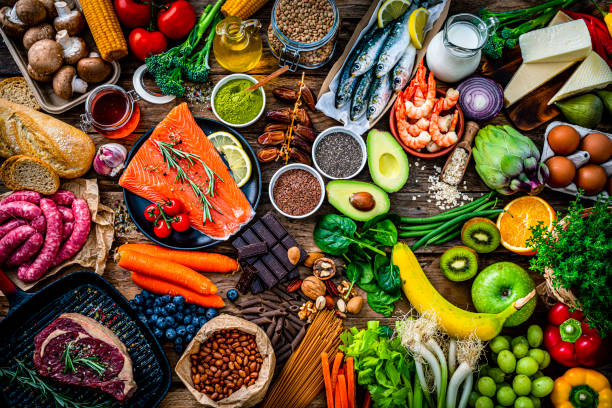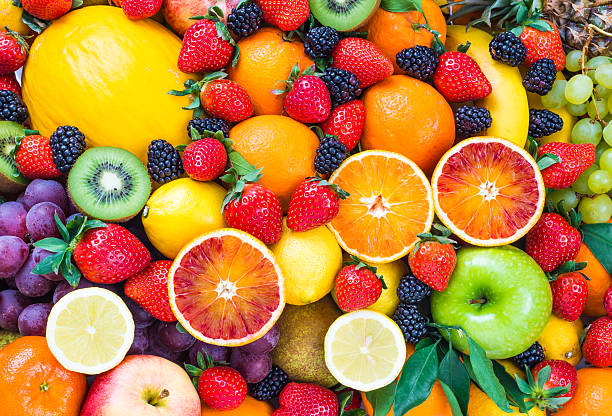Fruit is an important part of a healthy diet, as it provides a variety of essential nutrients and can help to satisfy hunger and cravings for sweet or juicy foods. However, it is also important to be mindful of how many calories are in fruit, as consuming too many calories can lead to weight gain and other negative health consequences. In this article, we will explore how many calories are in different types of fruit and how to incorporate fruit into a healthy diet in a way that supports weight management.
First, it’s important to understand that all fruits are not created equal when it comes to calorie content. Some types of fruit are higher in calories than others, while some are relatively low in calories. For example, a single avocado contains around 234 calories, while a cup of strawberries contains only 53 calories. This means that it is important to be mindful of portion sizes when consuming higher calorie fruits in order to maintain a healthy calorie balance.
One way to incorporate a variety of fruits into your diet while still being mindful of calorie intake is to choose a mix of high and low calorie options. For example, you might choose to have a small serving of avocado on your toast in the morning, paired with a larger serving of low calorie berries or melon as a snack later in the day. This can help to keep your overall calorie intake in check while still allowing you to enjoy a variety of different fruits.
It’s important to understand that the number of calories in fruit can vary widely depending on the type of fruit and its size. For example, a small apple or banana typically contains around 80-100 calories, while a large mango or papaya can contain upwards of 200 calories. The following is a list of common types of fruit and the number of calories they contain per serving (which is typically considered to be one small fruit or 1/2 cup of diced fruit):
Apple: 80 calories
Banana: 90 calories
Orange: 60 calories
Strawberry: 50 calories
Blueberry: 80 calories
Raspberry: 60 calories
Mango: 200 calories
Papaya: 130 calories
Pineapple: 80 calories
Watermelon: 90 calories
It’s worth noting that these calorie counts are approximate and can vary slightly depending on the size and ripeness of the fruit. Additionally, some types of fruit contain more natural sugar and carbs than others, which can contribute to their calorie content. For example, a small banana contains about 14 grams of natural sugar and 27 grams of carbs, while a small apple contains about 19 grams of natural sugar and 25 grams of carbs.
Despite the fact that fruit contains natural sugars and carbs, it is still an important part of a healthy diet. This is because fruit also provides a wide variety of essential nutrients, including fiber, vitamins, and minerals. It is especially rich in vitamins C and K, potassium, and folate. In addition, the fiber in fruit can help to fill you up and keep you feeling satisfied, which can be helpful for weight management.
One way to incorporate fruit into a healthy diet is to aim for at least 2-3 servings per day. A serving of fruit is generally considered to be one small fruit or 1/2 cup of diced fruit. You can also try mixing and matching different types of fruit to get a wide variety of nutrients and flavors. For example, you might have an apple and a banana for breakfast, a small serving of berries for a snack, and a slice of watermelon for dessert.
It’s also a good idea to pay attention to how you prepare and eat your fruit. For example, eating fruit on its own is typically healthier than adding it to sugary smoothies or baked goods. Additionally, be mindful of any added sugars or sweeteners you might be using, as these can significantly increase the calorie content of fruit.

 Home
Home Health
Health Diet & Nutrition
Diet & Nutrition Living Well
Living Well More
More












